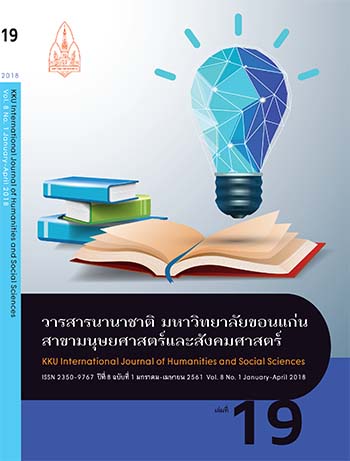Producing a Handbook on Anti-Child Labor Trafficking in Samut Sakhon, Thailand
Main Article Content
Abstract
Numerous preventive anti-human trafficking training programs have been created by the Thai national government agencies, international organizations, and non-government organizations providing broad human trafficking content and specific human trafficking information at the national level. However, the continuous child labor exploitation in Samut Sakhon province demands teachers and a school-based preventive program with lessons and activities to raise potential victims’ awareness of the problem. This empirically-produced article, first, studies various contents/differences of some anti-human trafficking programs (by ILO, Fight Against Child Exploitation, Ministry of Social Development and Human Security of Thailand) and, second, tests a preventive, school-based, anti-human trafficking program with a purpose to create anti-child trafficking lessons and activities particular to the Samut Sakhon context (finally embodied in the published Handbook on the Fight against Human Trafficking for Teachers to Lecture Migrant Students of Elementary Schools at Grades 3–6 in Samut Sakhon, Thailand). The school is taken as the convenience ‘sample’ (located in the province with highest number of migrant and migrant children and high—although largely unreported—incidence of child-trafficking) because the teachers have shown and worked to help the migrant children studying in the school from being trafficked (in general covering both by strangers or own family members). Following some principles like “Community-based Coalition” (Fagan et al 2009) in class sessions conducted by local teachers, and in-depth interviews with teachers and migrant students in Samut Sakhon, this document- and empirically-based research-experiment finds that the anti-child trafficking contents should primarily include all definitions relevant to child/human trafficking, local child trafficking phenomena, national anti-human/child trafficking laws and mechanisms, and case studies. Most importantly, this study finds the great assistance from the concepts of “Critical Consciousness Learning” (Godfrey and Grayman 2014), Art as Action and Analysis in Participatory Action Research (Ayala and Zaal 2016), and Creativity-based Storytelling (Eristi 2016).


